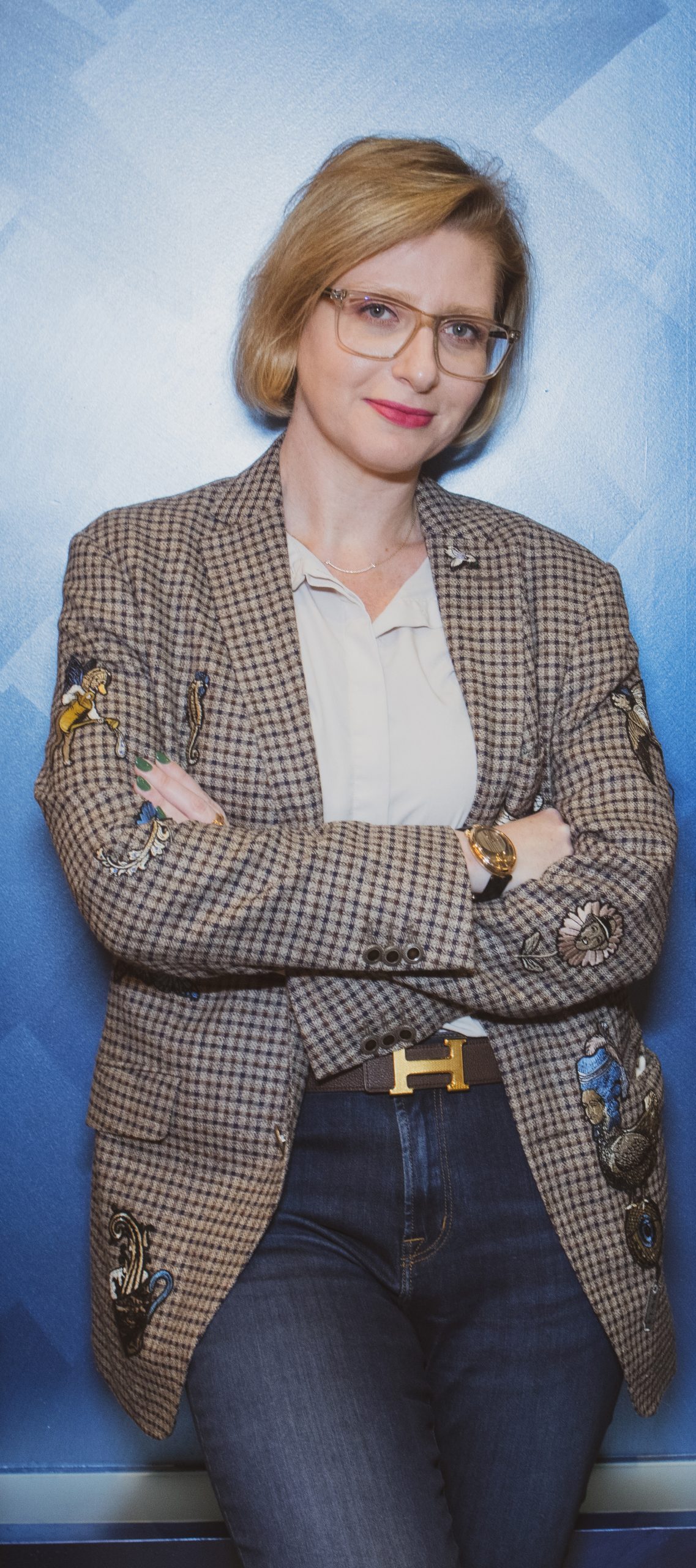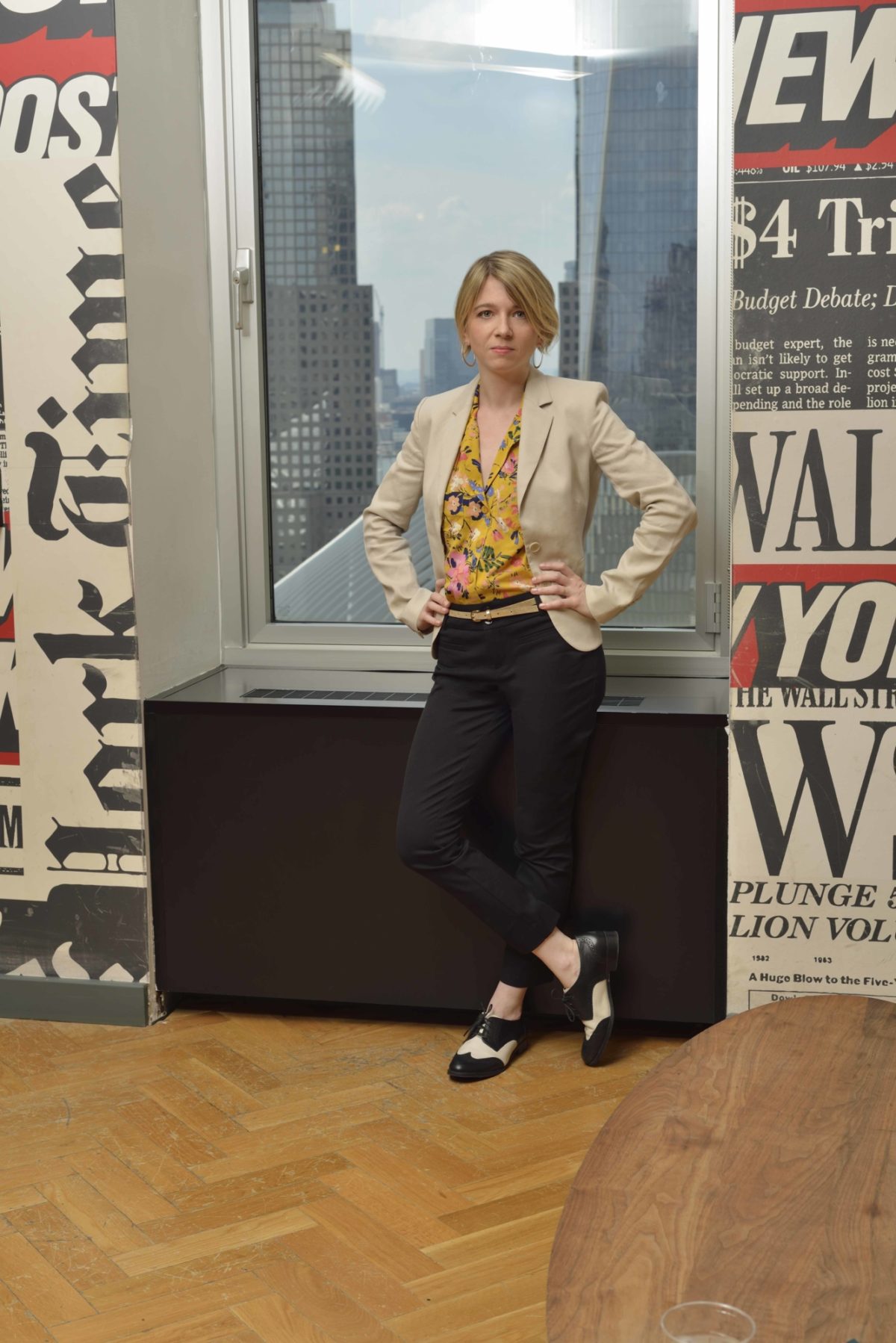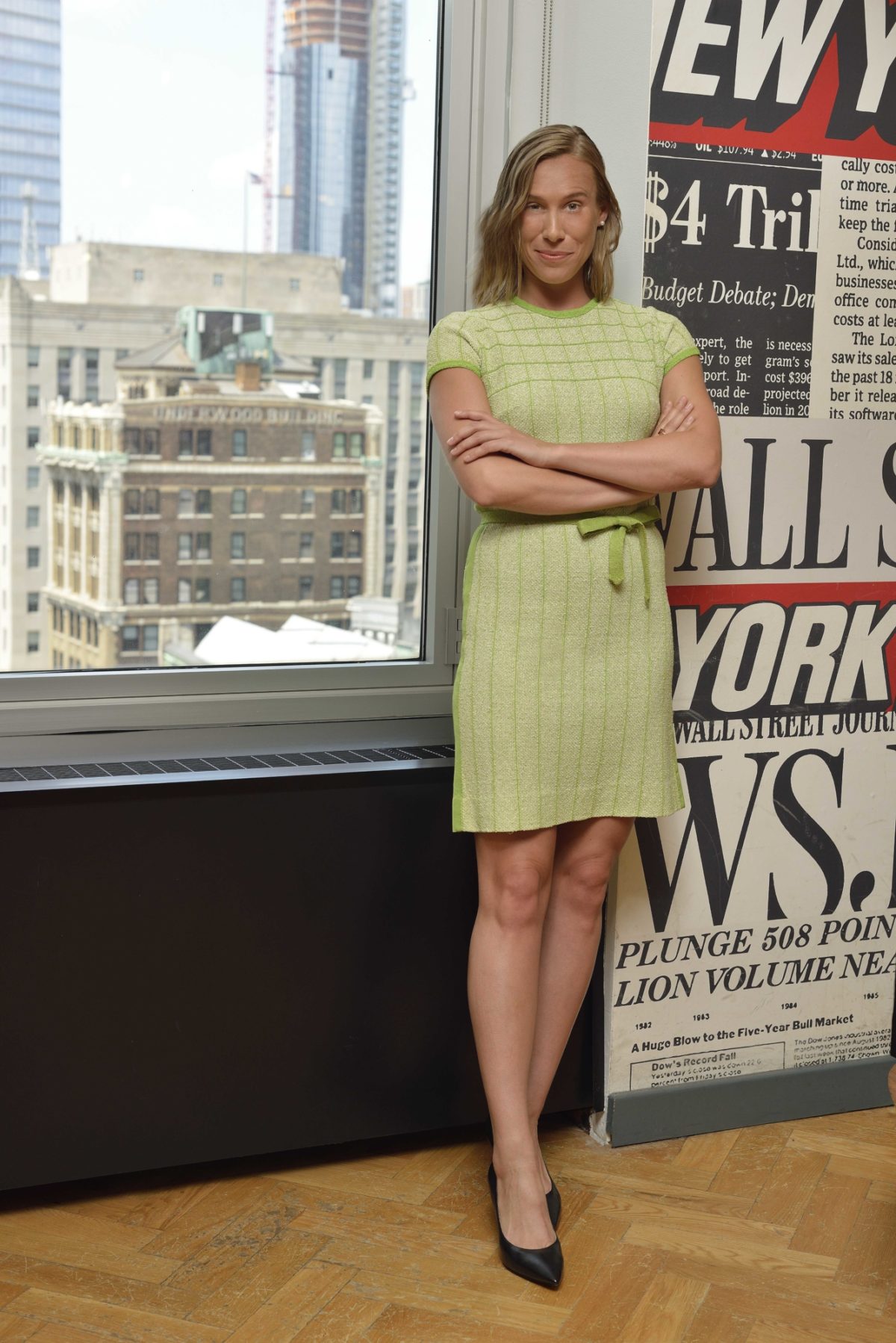
A Message from Our Chief Curator: Five Years of Poster House
.This year, Poster House turns five years old. In honor of this incredible milestone, Marketing Manager Bryce Armijo sat down with several museum staff members to explore their insights since the institution opened its doors in 2019. For the first interview of the series, he sat down with Chief Curator and Director of Content Angelina Lippert. You can read their interview here. Stay tuned for more.
Bryce Armijo: What has the first five years of Poster House taught you about the importance of posters?
Angelina Lippert: Given that I’ve spent my entire professional life working in the world of posters, I didn’t need a ton more convincing re: the importance of the medium (lol). That said, being able to be fully immersed in a museum dedicated to posters has allowed me to see even more clearly how these objects can speak to a broader audience, essentially more people, than the average museum art exhibition. You don’t need a PhD to understand posters, nor do you need to suss out an artist’s private, intended meaning—there’s no manifesto to decode or lofty theories behind communication design. Their intention is to be clear, and that makes them fantastic vehicles for understanding history from all around the world.
BA: What has been the most exciting museum initiative you’ve seen come to life?
AL: Rather than a single initiative, the most exciting thing I’ve witnessed since I’ve been hired is our constant and steady growth in all departments. I was employee number two—we now have upwards of 40 members of staff. We started with two exhibition spaces and now, due to sheer demand, we have four places where we can rotate content. Programming was once me and a Zoom account, and now, thanks to the incredible dedication of Salvador Munoz, we have one of the most dynamic and interesting programming departments of any museum in Manhattan. Our exhibition design team led by Ola Baldych is now winning awards at breakneck speed. I don’t know a cultural organization of our size that has racked up that many achievements in a mere five years—and that’s exciting because I can’t even imagine where we’ll be in another five!
BA: Where would you like to see Poster House in the next five years?
AL: Poster House Dubai? Ha! Sorry—the trend of franchising big brand museums has clearly gotten to me. What I would really like to see is our permanent collection be used for loans for outside exhibitions on a more regular basis. There are so few museums with poster collections that have a reasonable and open loan policy, and I believe that by making ours both easily searchable and easy to work with (shoutout to my colleagues Melanie and Alex for making us one of the friendliest loaning institutions!) we should be tapped to send bits of the Poster House Permanent Collection all around the world over the next few years, enriching exhibitions from Detroit to Dar es Salaam. I’d also love to see some of our home-grown exhibitions travel to other institutions, allowing a larger audience to appreciate the power of posters.
BA: What is some advice you can share to the next generation of museum professionals?
AL: Given the hurdles and new complications so many cultural institutions are facing today, my biggest advice is to stay nimble and listen to your constituents.
BA: How has the museum changed to meet the needs of the local and international design community?
AL: The last ten years has seen a shift in what posters are warranting attention. Collectors and historians are no longer just interested in the classics by Toulouse-Lautrec and Chéret (although, obviously, they’re still important and beautiful). The expansion of the canon has been one of Poster House’s greatest achievements, drawing attention to lesser-known designers, movements, and styles, and truly showing that every country and culture has a poster history.
BA: What’s your favorite poster in the museum’s collection?
AL: That’s like asking me to pick a favorite child…..Then again, I don’t have kids and I believe I was my dad’s favorite so I’ll say that the poster that brings me the most joy in the collection is one absolutely bonkers, over-the-top Japanese advertisement for an enema in which a pair of Barbie doll-esque legs are seen from behind with a cavalcade of plastic emoji-like food falling out of her butt. Never tell me print is dead.
BA: To you, why are posters still important in the modern day?
AL: Posters are the footnotes of history. It’s all well and good to have a poster reflecting a major war or election or global product, but posters also highlight the things that don’t make the news, the events that impact people on a tactile, intimate, day-to-day level, and we are so at risk of losing those details to history if they are not preserved.


